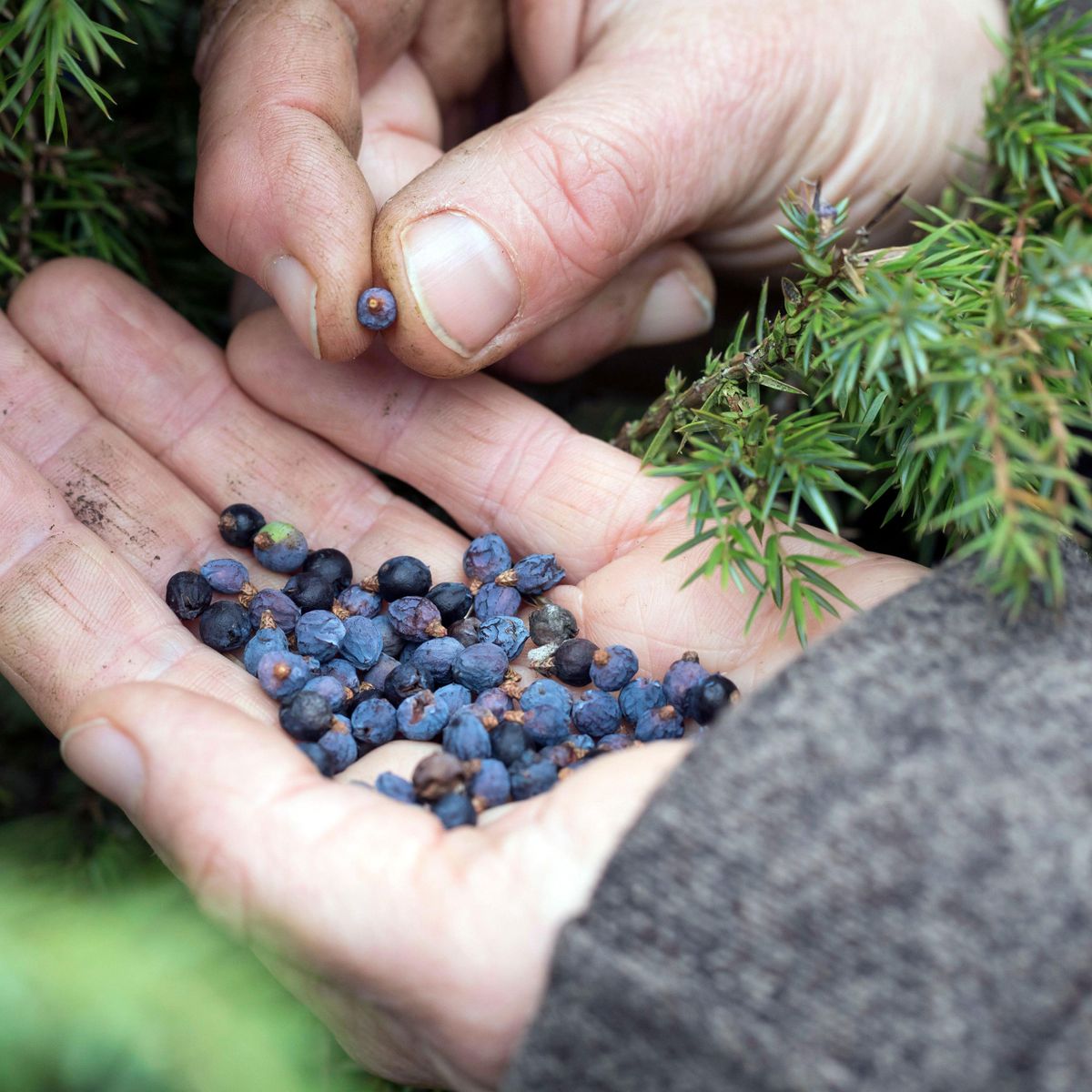Judging by the hysterical television coverage that happens whenever more than three inches of rain or an inch of snow is forecasted, nobody prepares for bad weather anymore. During the fall months when the weather is still good, we only think about winter storms when an early blizzard inundates the upper Midwest. Then, when bad weather is predicted closer to home, we run to the nearest store and buy up mass quantities of bread, milk, cheese curls, and videos to help get us through the hours of crisis. Even as this phenomenon takes place, most of us are confident in the knowledge that any time the television people get really excited about the weather, it won’t be nearly as bad as predicted.
I like the idea of thinking ahead, and I set aside modest supplies of the essentials in my pantry. I also make sure that I have plenty of plants and flowers in the house. After all, spiritual solace is just as important as physical sustenance. Now is a good time to figure which botanical delights you will need to help you make it through the winter.
I always start by taking inventory of my existing houseplants. Right about now, most of them have just returned to my sunny dining room after an extended summer and early fall vacation outside. Naturally, they are depressed. The light indoors isn’t nearly as bright, the air is less fresh and photosynthesis has slowed down. At the moment it would be a mistake to try and find inspiration from my existing collection of stalwarts. I will wait a few weeks until they recover from transition shock, and then decide which of them is likely to be around through the winter.
While I wait, I collect flowers from the garden that dry well—rosebuds, lavender, eucalyptus, and dried seedpods of various kinds. These go into simple dried arrangements, supplemented, if necessary, with dried flowers from the local craft store. When I am finished with my mostly homegrown “everlastings”, I turn to the catalogs to see what I can do to ameliorate the winter doldrums.
As my lavender dries, I will think about bulb forcing. There is nothing as nice after the holidays are over as a few bowls or pots of spring bulbs. And when it comes to forcing bulbs nothing motivates me more than the force of neglect. Every year I buy more tulips or daffodils or crocuses than I can possibly get into the ground before the earth turns to iron. That is why I always take a few bulbs out of the bags, pot them up, then leave the pots outside on my back porch. The seasonal temperature changes take care of the chilling that is necessary to produce spring flowers. In February all I have to do is bring the pots in, and I will have a few welcome splashes of color.
If you are more conscientious about things in general than I am, and you have a big refrigerator, you can always pot up some bulbs of your choice and put them on the lowest shelf (away from ripening fruit) for 10-12 weeks. Check the bulbs periodically to make sure that the soil stays moist, mark a removal date on the calendar, and go about your business. The bulbs will do what comes naturally, and bloom when they reemerge into the temperate environs of your house. For more information on forcing, go to www.bulblady.com/gardenguide, and click on the indoor bulb”forcing” option.
I love amaryllis and have a number of dormant ones in the cellar that are due to reappear after the first of the New Year. In the meantime, I will probably purchase a few more for the holiday period. I hate to admit to such vulgarity, but I like one called ‘Nymph’, a humongous double-flowered red and white cultivar. As befits a plant with such an enormous head, it is rather short in the stalk. ‘Nymph’ is not subtle, but it appears to be joyous. Any of the big red amaryllis are also a treat in December.
Things that smell good are an enormous help in the winter when less-than-salubrious indoor odors can linger for days. Most paperwhites, including the ubiquitous ‘Ziva’ cultivar, has a musky fragrance that inspires either love or hatred. My family is in the “hate” category, so I am searching diligently for better-smelling varieties. ‘Soleil d’Or’, with its yellow blossoms, is somewhat sweeter and less overpowering.
If I want sweetness in a houseplant, then I will buy a jasmine. Right now I am leaning towards winter jasmine (Jasminum polyanthum), which is a vigorous, vining specimen that sports exceedingly fragrant white blossoms. Winter jasmine does exceedingly well in a sunny window, away from heat sources, and can be used in a hanging basket. I have been known to pluck one or two blossoms off and float them in a small bowl on the windowsill over the kitchen sink. Immediate good spirits result from this simple action.
The upper Midwest has already had its first snowstorm of the season, and it’s not a moment too soon to lay in enough plants to get you through. You can obtain many beautiful amaryllis cultivars from John Scheepers, 23 Tulip Drive, Bantam, CT 06750, tel. (860) 567-0838 or online at www.johnscheepers.com. Logee’s Greenhouses has a nice selection of jasmines. Contact them at 141 North Street, Danielson, Ct. 06239, tel. (888) 330-8038 or online at www.logees.com.
Press
Here!
Yellow Rose
SWORD LILIES
CHANGE IN THE GARDEN
UNFORGETTABLE
FRESH VEGGIES![]()
THROUGH THE WINTER
Contact
Elisabeth Ginsburg










